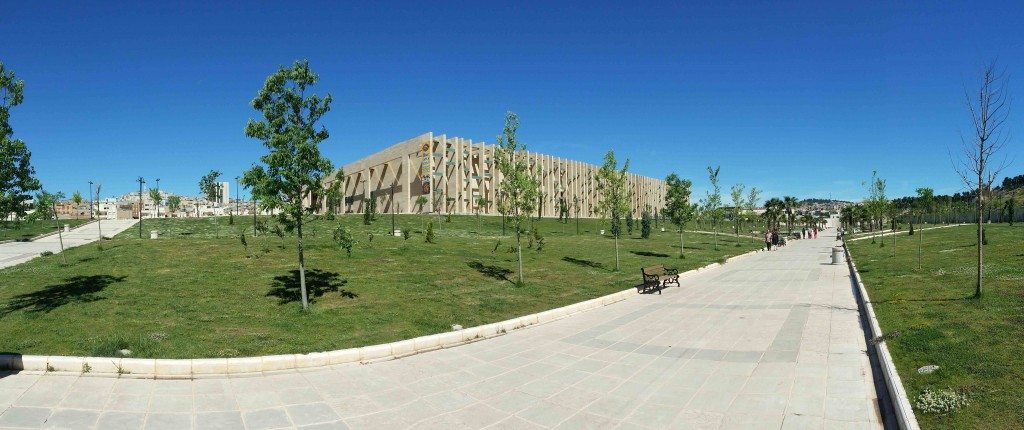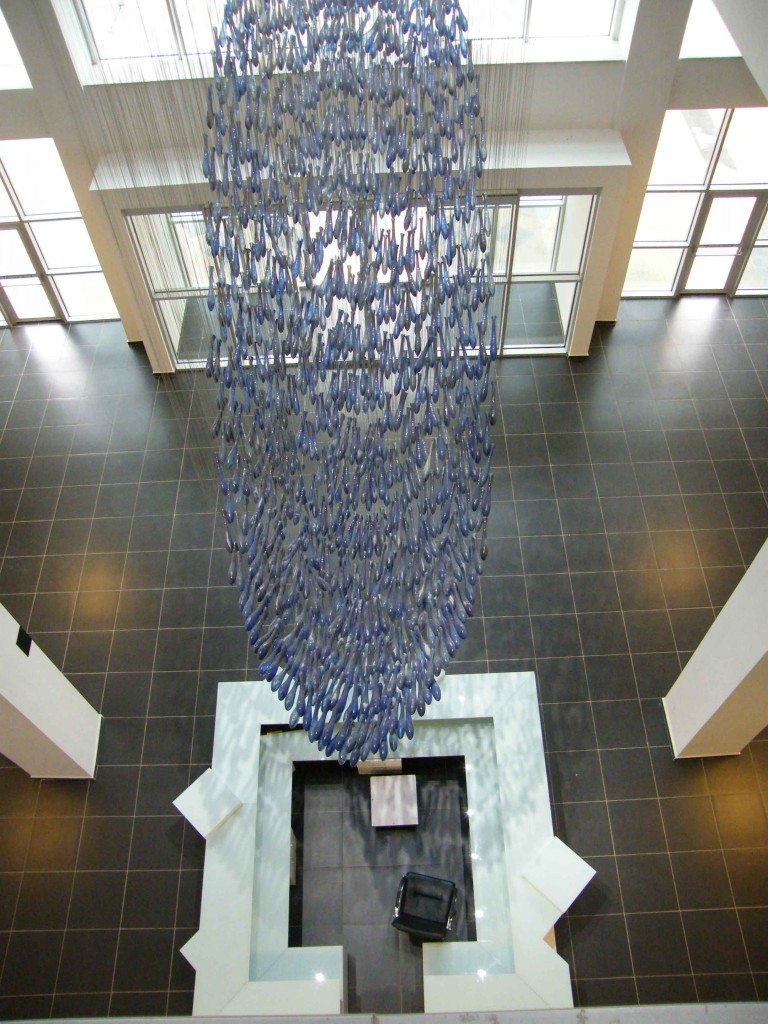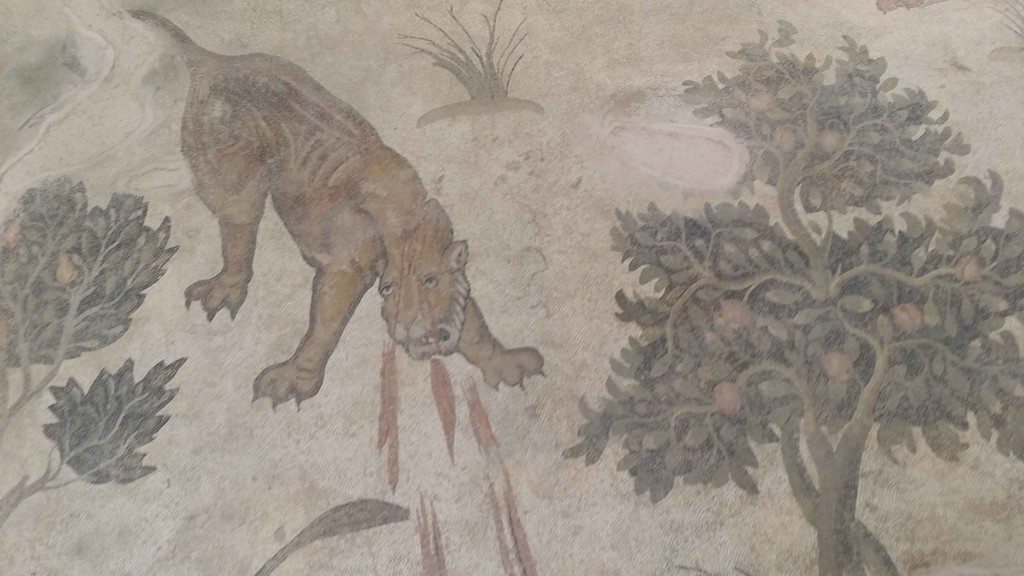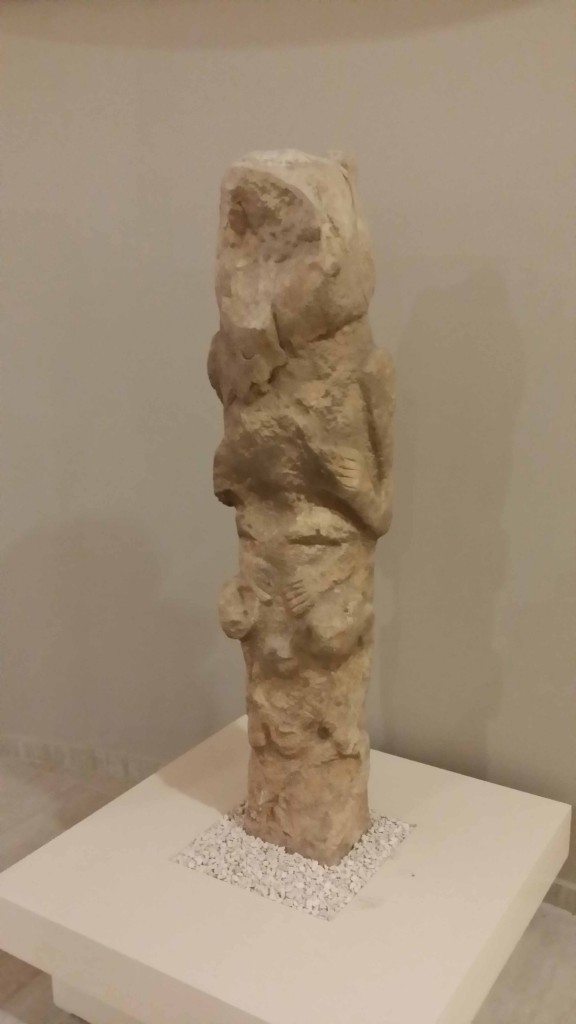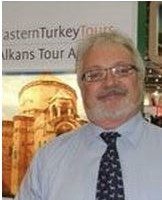Today we have another contribution from Timeless Travels Magazine in which Nicholas Kropacek discusses the new Sanliurfa museum in Turkey.
In short, Sanliurfa (often called Urfa) is a city with such a magnificent and tumultuous history that one would have thought that it must have had a large and important world-class museum. But it didn’t, at least not until now. The old Urfa museum was a small, modest building on two floors and with a small sculpture garden having room for a mere 500 or so exhibits. But what has been taking shape in Urfa’s central Haleplibahçe district over the past two years has been something of an entirely different order and will accommodate at least 10,000 items.
To a great extent the location of the new museum has been determined by the fortuitous discovery in 2007 of an amazing collection of mosaics from the late Classical period. Originally, the site had been marked for general commercial and recreational development but the discovery, during initial preparatory work, of an extraordinary palace complex changed all that. Once the scale of the discovery became apparent the local authorities and the Government made the brave and inspired decision to turn the entire district over for development into a cultural, archaeological and museum facility. What has been evolving since then has been the biggest museum and museum complex in Turkey.
Opening at the beginning of June, the museum development covers a 200,000 square metre area set within the path of the dried up Karakoyun river bed and includes an “Archaeology Park”, ornamental gardens with fountains and a plaza in which there are two significant buildings. The main archaeological museum building encompasses 60,000 square metres over three floors, houses archaeological finds from across the region along with interactive displays, film and lecture theatres and activity centres. The building is thoroughly modern in concept, has full wheelchair access throughout and takes the visitor through the entire history of the Sanliurfa region starting with the Neolithic and Chalcolithic periods and progresses through Hittite, Babylonian, Persian, Ancient Greek, Hellenistic, Roman, Byzantine, Islamic and Ottoman periods.
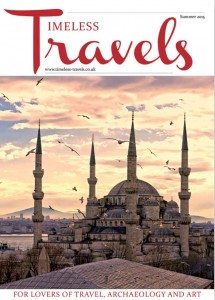
This article was originally published in Timeless Travels magazine. Republished with permission.
The centrepiece of the museum simply has to be the Neolithic room, featuring a full-scale reproduction of Enclosure D from Göbekli Tepe that you can walk into and which allows you to fully appreciate the magnificence and the scale of the Neolithic builders’ achievement. Adjacent to Enclosure D is a reconstruction of the Cult House from Nevali Çori which is particularly exciting because this is the original building and has been crated up and not seen since it was recovered from the site just prior to its inundation from the rising waters of the Ataturk Dam in 1991. Alongside the reconstructed buildings are dozens of unique sculpted items from the two sites including stone animals, statues and stone-carved totem poles. The Neolithic and Chalcolithic rooms are a just appetiser for the extraordinary riches of the rooms and displays to follow, which include statues and numerous other finds recovered from sites around Urfa as recently as January 2015 and, in some cases, literally a few yards from the museum itself. This will be a museum that grows and breathes even as you watch.
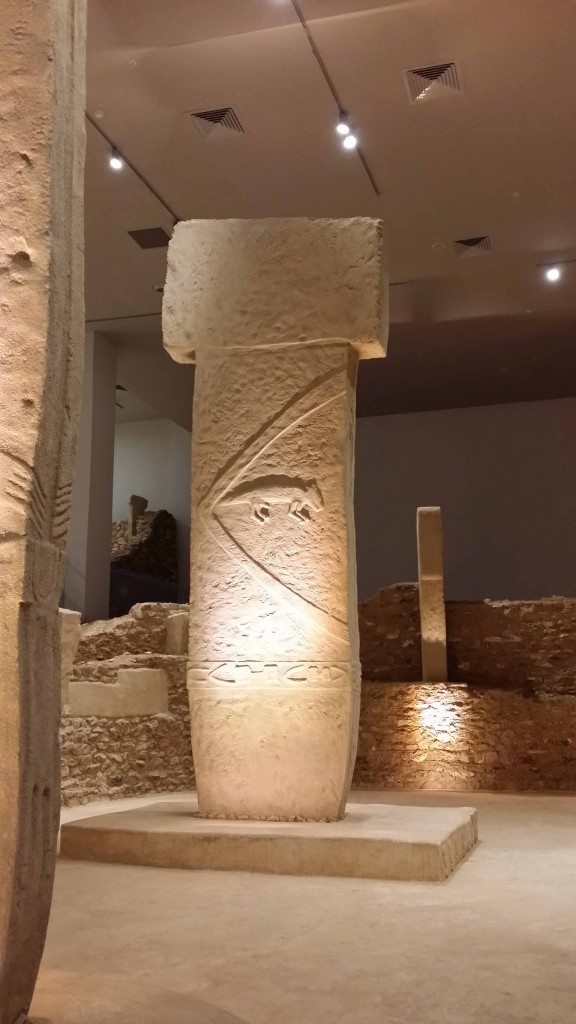
Full size reconstruction of the Gobli Tepe enclosure D. c. 9600 BCE. Photo © Alkans Tours, Nicholas Kropacek
The second major building in the museum complex is at the place where it all started, the Haleplibahçe Mosaics. The site takes in what appears to be a single palatial building. It is not known who lived in the palace or who commissioned the mosaics. What is clear, however, is that the person who commissioned the mosaics had both taste and money and that the artists who designed and executed the work were artists and craftsmen of the highest order. The mosaics that adorned what were obviously the private spaces of the palace are exquisitely rendered and depict events and stories that would be instantly recognised by any educated person from across the civilised Classical world, such as the birth of the Greek hero Achilles. They also feature a topic that appears to be unique among Classical mosaics: the Amazon Warriors, the “Oiorpata” or “man killers” whose legendary origins were described by Herodotus.
The museum building, taking in 4,000 square metres over the mosaics, is ultra-modern and completely utilitarian in nature being in the form of a massive inverted saucer which covers the entire site with the mosaics having been left in situ and with walkways allowing full viewing of all parts of the complex; around the walls will be placed additional mosaics and temporary exhibits. The new Mosaic Hall will also house a mosaic of Orpheus returned to Turkey by the Dallas Museum of Art. The Dallas museum originally purchased the mosaic at a public auction in 1998 but subsequently discovered that it had been illegally removed from a site in Turkey and exported. The piece, exquisitely depicting Orpheus serenading wild beasts, dates from about 194 CE and was discovered in Urfa in 1950.
The two museum buildings are situated within a garden which contains paths, water features, a plaza and an open air amphitheatre. Plans for the future within the Archaeology Park include pavilions and buildings covering a 29,000 square metre space between the Archaeology Museum and the Mosaics Hall where visitors will be able to take part in educational activities, observe experimental archaeology and practical demonstrations and follow conservators as they go through the process of preserving Urfa’s priceless cultural and physical heritage, not only for the people of Urfa, but also for the world. There can be no question that the new museum at the heart of the ancient city of Urfa is destined to become one of the great museums of the world.
Visit the museum with Alkans Tours; www.easternturkeytour.org
About the Author
Nick was born in Uganda, grew up in Zambia and was educated at a Benedictine monastery boarding school in the UK. He studied Business, Politics and Mining at a university in Kentucky, USA. He worked in sales in the pharmaceutical industry for over 20 years and in 2008 found his natural niche as the Marketing Director for Alkans Tours, a business based in Van, Eastern Turkey. He has travelled widely across eastern and southern Africa, Europe and North America. At Alkans Tours his role is to research, develop and promote cultural, historical and adventure tours.
